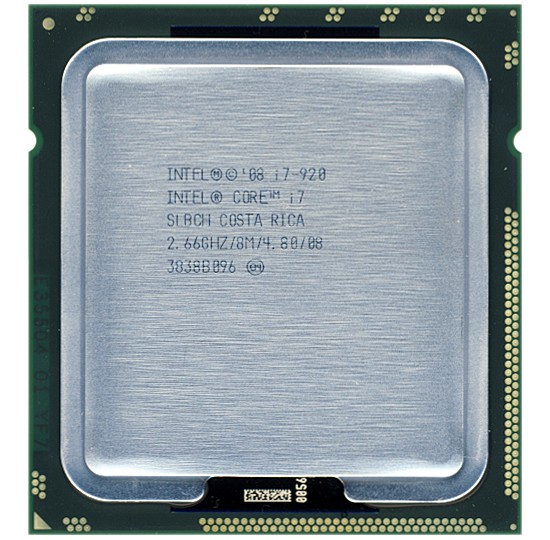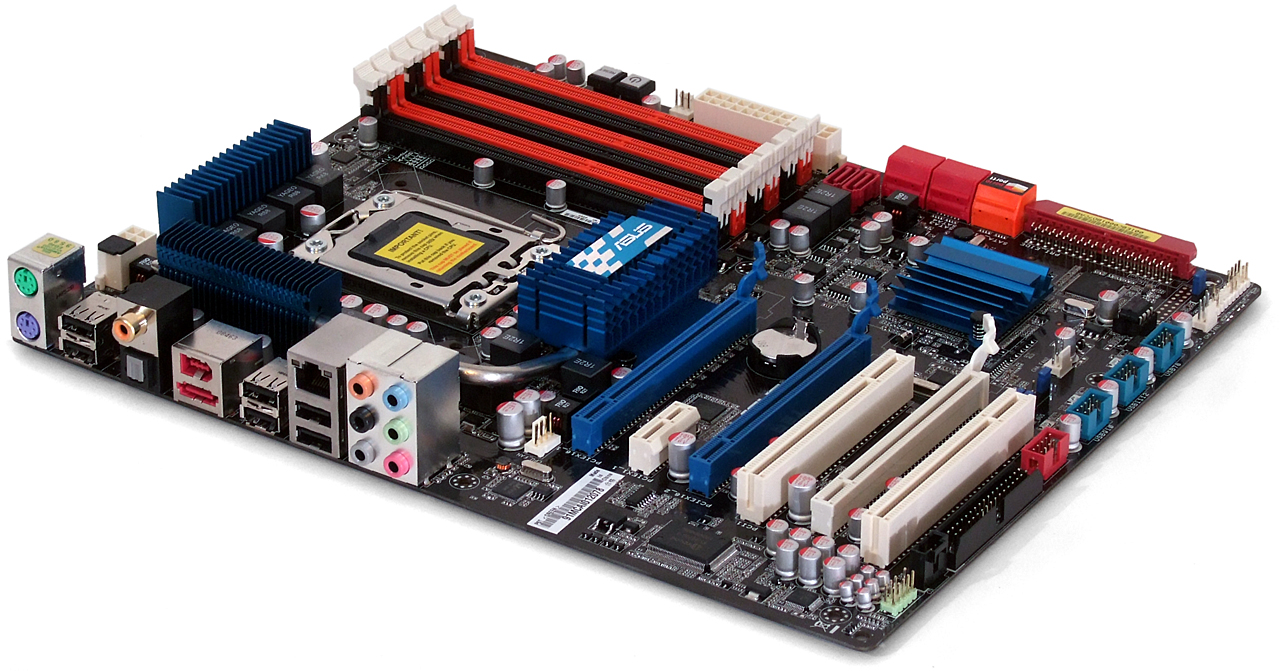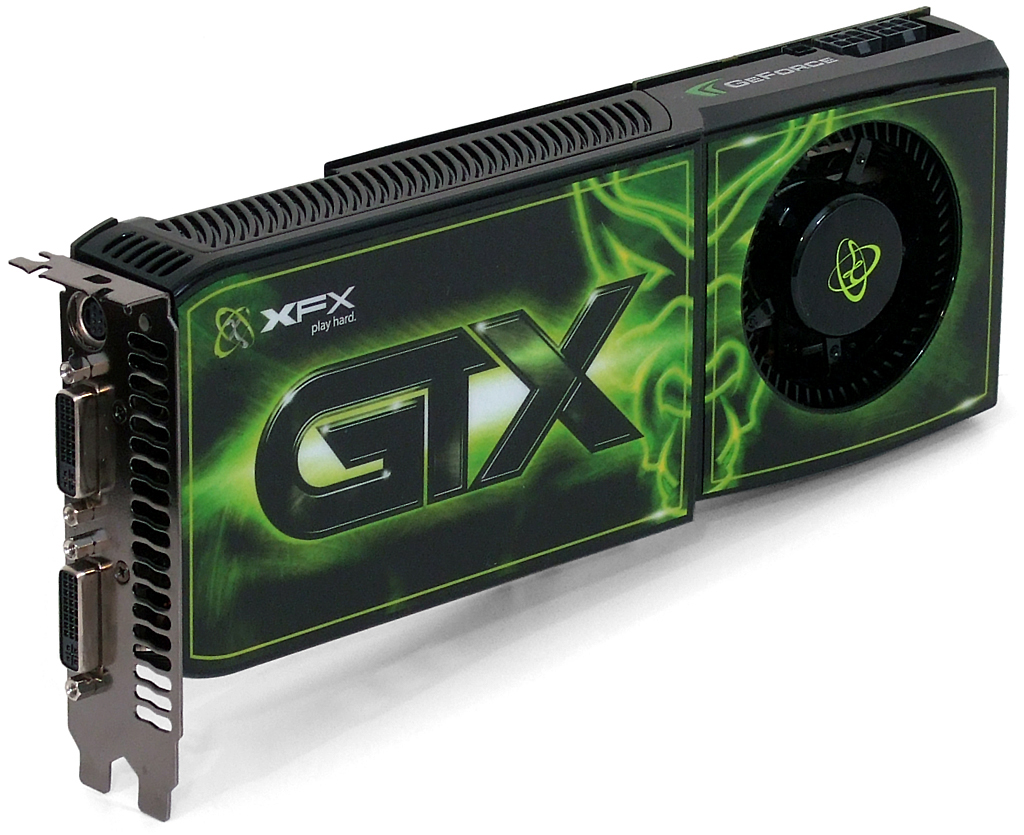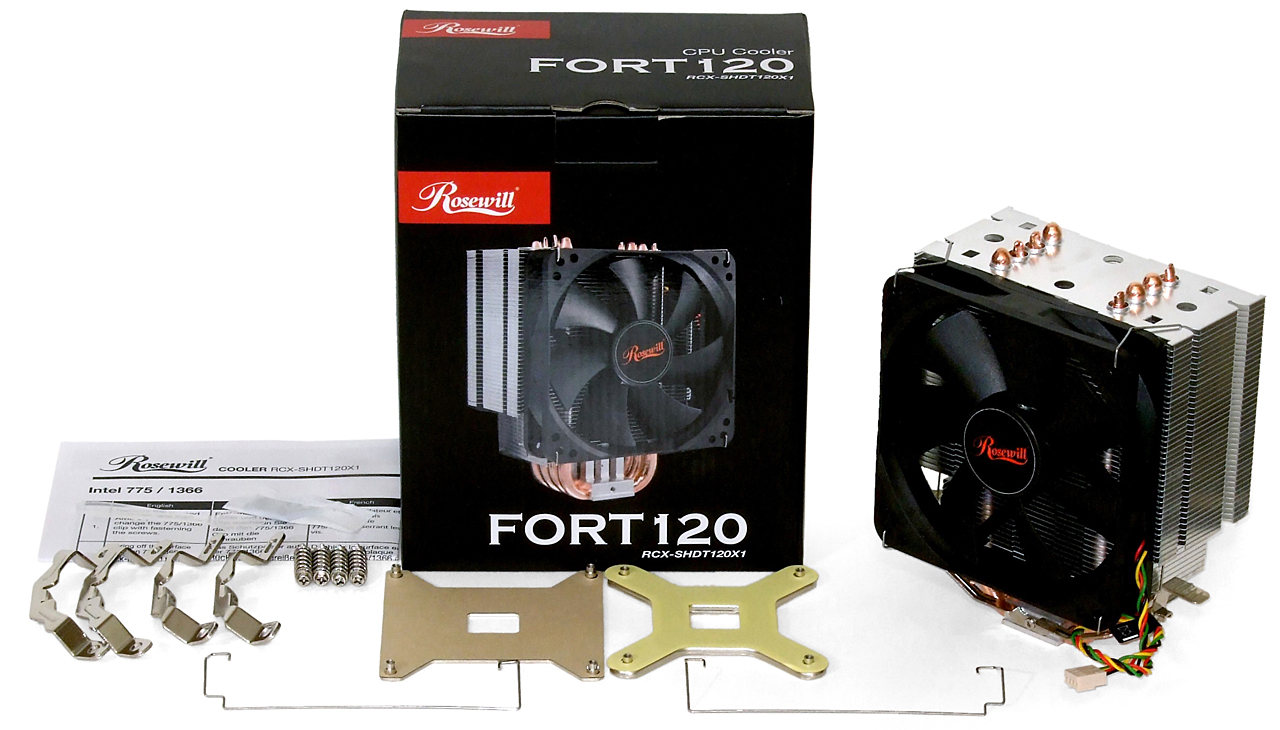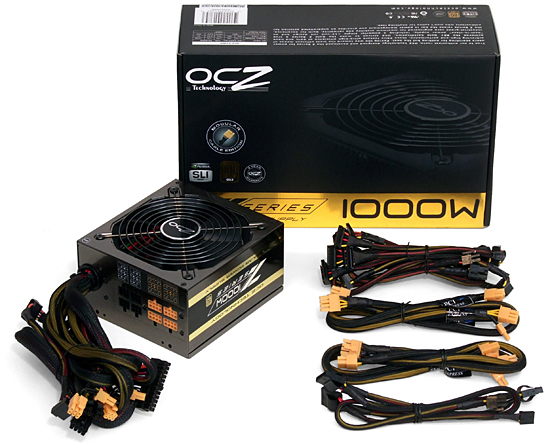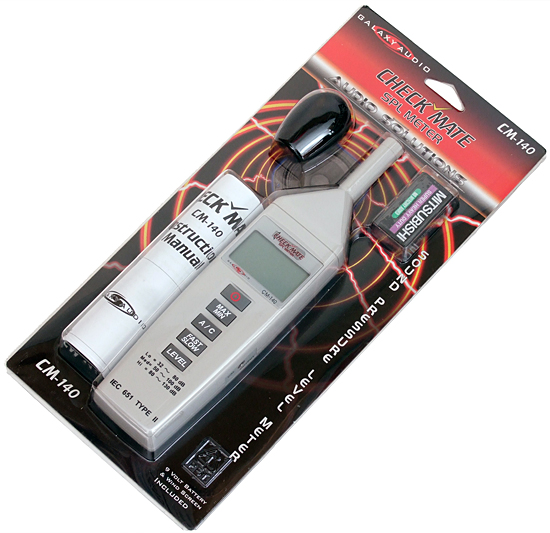Roundup: Four Gaming Cases Under $150
Test Settings
| Test System Configuration | |
|---|---|
| CPU | Intel Core i7-920 (2.66 GHz, 8MB Cache) O/C to 3.80 GHz (19x 200 MHz), 1.416V |
| Motherboard | Asus P6T, X58 Express IOH BIOS 0801 (09/30/2009) |
| RAM | Kingston KHX16000D3ULT1K3/6GX (6GB) DDR3-2000 at DDR3-1600 CAS 8-8-8-24 |
| Graphics | XFX GeForce GTX 285 1GB 670 MHz GPU, GDDR3-2500 |
| Hard Drive | Western Digital Velociraptor WD3000HLFS, 300GB 10,000 RPM, SATA 3 Gb/s, 16MB cache |
| Sound | Integrated HD Audio |
| Network | Integrated Gigabit Networking |
| Power | OCZ-Z1000 1,000W Modular ATX12V v2.2, EPS12V, 80 PLUS Gold |
| Software | |
| OS | Microsoft Windows 7 Ultimate x64 |
| Graphics | Nvidia Forceware 190.62 WHQL |
| Chipset | Intel INF 9.1.1.1014 |
An old C0 stepping Core i7-920 processor produces a great amount of heat when overclocked, which is perfect for testing the ventilation of today’s cases.
Asus’ P6T keeps the processor stable at high temperatures and current loads.
A factory-overclocked XFX GeForce GTX 285 reflects the graphics power that gamers typically need.
Rosewill’s Fort 120 air cooler is large enough to expose any potential mounting space issues, noisy enough at full speed to reveal a case’s noise-isolation capability, and powerful enough to keep our overclocked CPU well below its thermal limits.
The most efficient 1,000W power supply we could find, OCZ’s Z1000 was originally obtained for use in an overkill CrossFire configuration. Though its debut article was cancelled, modular design and an 80 PLUS Gold rating still make this the perfect unit for high-end case reviews.
| Benchmark Configuration | |
|---|---|
| Prime95 v25.8 | 64-bit executable, Small FFTs, 7 threads |
| FurMark 1.6.5 | Windowed Mode, 1280x1024, 8X AA, Stability Test Minimum and maximum temperature |
| RealTemp 3.40 | Highest-core reading at full CPU load (60 minutes) Highest-core reading at 30 minutes idle |
| Galaxy CM-140 SPL Meter | Tested at .25m, corrected to 1m (-12dB), dBA weighting |
In order to create the maximum possible thermal load from our hardware, we dedicated a single CPU thread to FurMark and the remaining seven threads to Prime95 simultaneously, measuring the component temperatures after warming the system for one hour.
Galaxy’s low-cost CM-140 SPL meter takes care of our audio testing needs, though its 32dB minimum rating forces us to check audio levels at a .25m reduced distance. All readings are corrected to an industry-standard 1m distance (-12dB).
Get Tom's Hardware's best news and in-depth reviews, straight to your inbox.
-
skora Good article. But I'm a little surprised that the Element actually found the Buy award. Usually seems like that's set aside for superior products that don't have the QC issues this did.Reply
I'm sure there will be request for this case and that and across a lot of price ranges.
If you do enough of these, you could do a "Best Gaming Case for the Money" series. Or is that peeing in Don's yard? -
p1n3apqlexpr3ss That wouldnt be a bad idea tbh skora, would like to know what the best budget case is out there... not excactly a fan of the antec 200/300Reply -
bk641 the lancool (lian-li) k62 is a very, very good case for a sub $100 range. i'm using one, and it has pretty much everything you'd want in a mid-tower case. i especially like its HDD bay system, which can be configured to have the hard drives straight on, or perpendicular. in addition to that there are four quiet fans (two on top) and room for two 5870s.Reply -
Crashman sarsoftNo Antec Nine Hundred case...No OLD cases. The Cooler Master case ended up in here by mistake, it was supposed to be for stuff released from November onward.Reply
